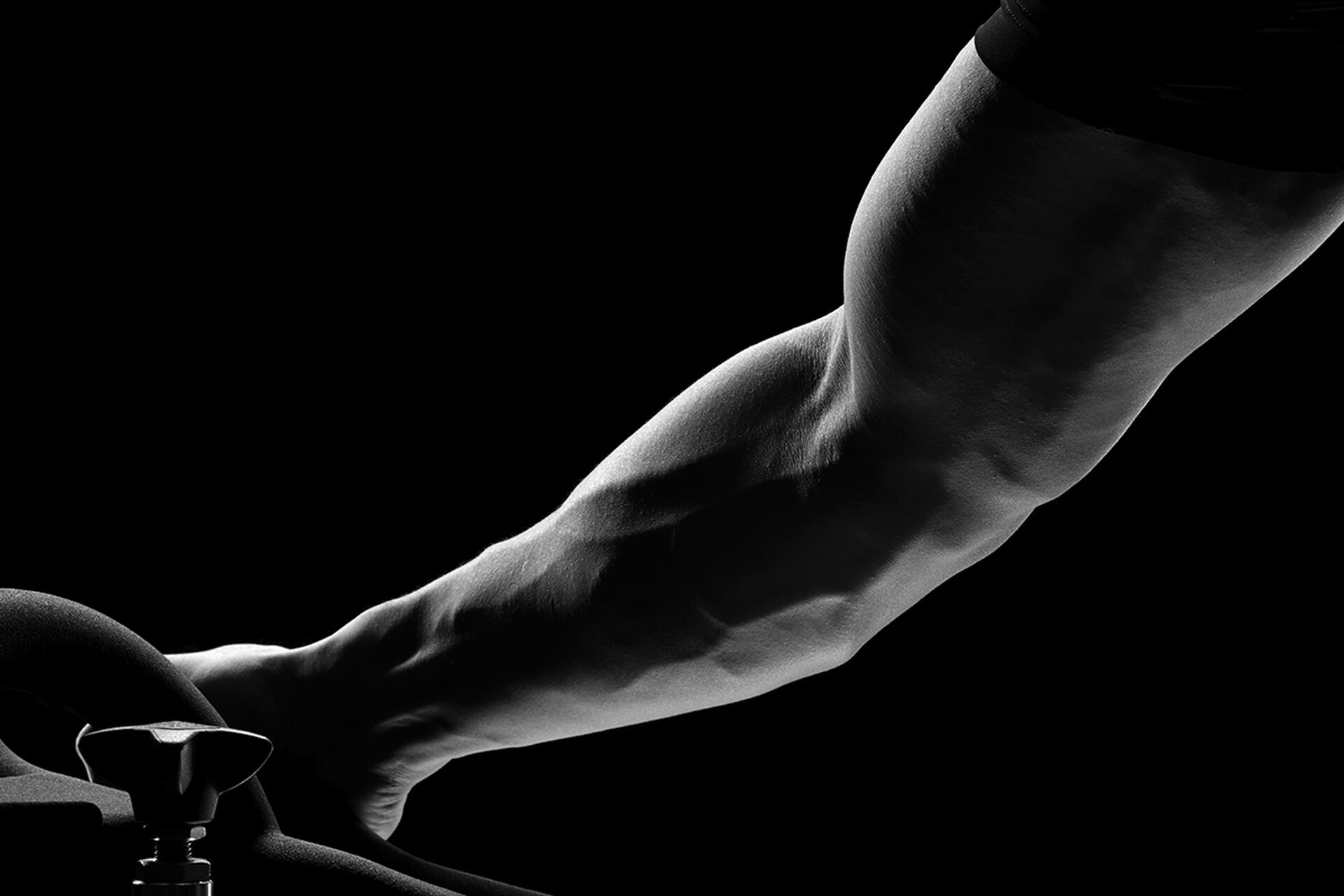
So you’ve just tried spinning for the first time or upped your resistance to intensify your ride; you’re feeling great and then you wake up the next day, barely able to move. This is what we know as DOMS, delayed onset muscle soreness, but should you wear that soreness with pride?
As the name suggests this muscle soreness becomes evident six to eight hours following the activity, peaking around 24 to 48 hours post training, then diminishing after 72 hours. It’s normally most pronounced when you introduce a new training stimulus, like a new activity or increased intensity in your ride. Your body makes adaptations to better prepare your muscles to do it again. That’s why the 1st ride is always so tough, but from then on you can build from there and as your muscles adapt, the soreness starts to lessen.
So here are some myths vs facts on your body and muscle soreness
1 - DOMS is caused by the build up of lactic acid in your muscles - FALSE
During exercise, your body needs energy and it breaks down molecules to get that. As a result of this metabolic process, your cells naturally become more acidic which can give you that burning sensation in your muscles. But this isn’t caused by lactate. Lactate is actually a by product of the metabolic process and serves as a buffer and slows down the rate at which the cells become acidic.
2 - It’s not a good workout unless you’re sore the next day - FALSE
Many fitness buffs wear their DOMS as a badge of honour and believe if we’re not sore, we’re not doing enough. It’s normal to feel some soreness 24 hours to three days after but if after three days you try to do the same exercise and you cannot because you go immediately to muscle failure, it’s a sign you’ve done too much. DOMS isn’t the best gauge of how effective your workout was or who’s in better shape.
3 - The more fit you are, the less susceptible you are to DOMS - TRUE/FALSE
As you’re body adapts to new workouts, it’s true you will start to feel less sore. Your body learns to distribute the workload across your muscle fibres more effectively. However there is also a genetic component to how sensitive we are to pain and soreness. If you’re a high responder you will experience DOMS more acutely than someone who is a low responder. There is nothing you can do about your genes.
4 - Muscle damage is a bad thing - TRUE/FALSE
DOMS is caused by trauma to your muscle fibres, but it’s not a definitive measure of muscle damage. Some muscle trauma is needed to stimulate protein production and muscle growth; when muscles repair themselves they get stronger so that the muscle soreness doesn’t happen again.
5 - Pre and post workout stretching is a good way to prevent and treat DOMS - FALSE
Stretching has been proven not to reduce the development of DOMS but don’t lose faith! The best way to avoid soreness is to advance slowly into a new class or increase of intensity. Give your muscles time to adapt and recover. But remember, even though stretching may not prevent DOMS it is critical to maintain mobility/flexibility and prevent tightness from regular training.